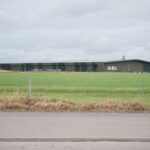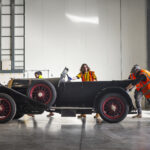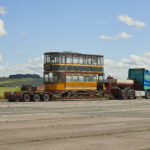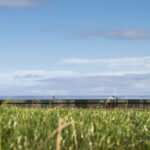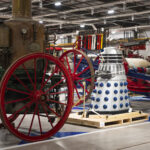The site in Wiltshire originally formed part of a much larger military complex that included living quarters for aircrew, the main airfield and a modern hospital. Of note was the TB and Infectious Diseases Block in which iron lungs (similar to those in the collection stored at the site) were used to combat the effects of Polio.
In 1979, the site’s association with the RAF (as No 15 Maintenance Unit) came to an end. The Navy continued to operate from the site for a few more years – basing their Royal Naval Air Yard in the South East of the site until 1992, servicing helicopters.
By then, over 7000 aircraft had passed through the site, which saw active service during both the Second World War and in the Falklands conflict.
On 1 May 1980, the organisation we now know as the Science Museum Group expanded onto the former airfield and began to relocate objects in the national collection to the hangars.
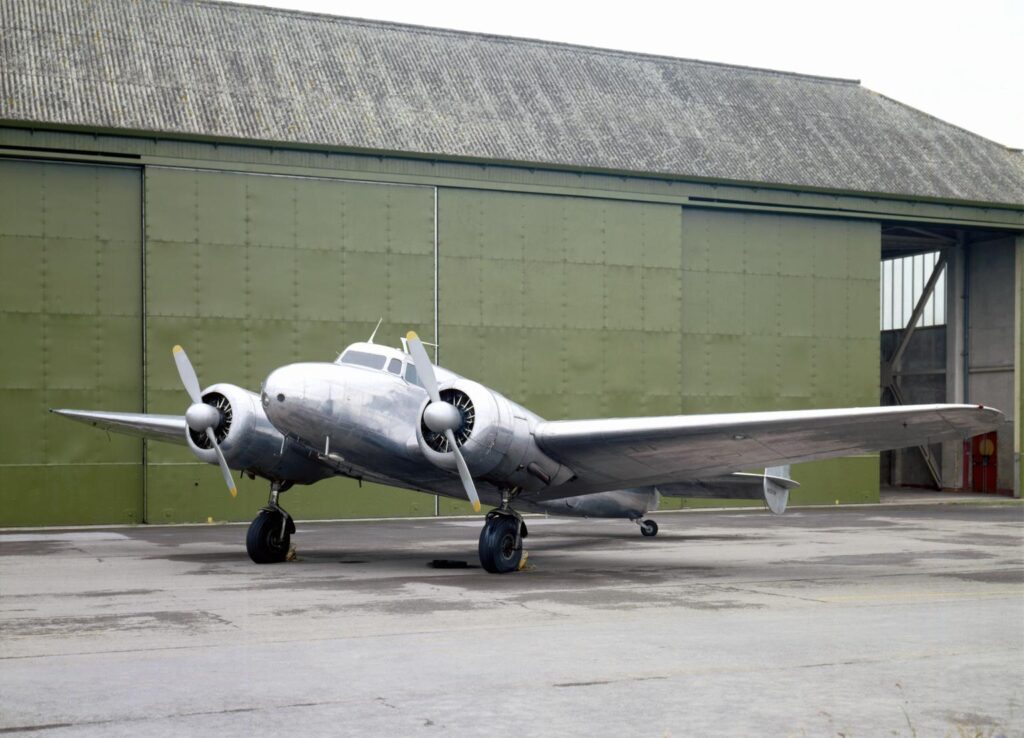
Among the first to arrive were aircraft: the Douglas DC3, Lockheed Electra (now in the Science Museum’s Making the Modern World gallery); and the Boeing 247D Aircraft which was actually flown to site by Desmond ‘Dizzy’ Addicott on 3 August 1980.
Over the following 12 years, the hangars filled with large objects including one of the earliest autonomous vehicles, a modified 1960s Citroen DS19.
In 1992 a new climate-controlled store, the ‘A’ store, was built to accommodate 16,000 more objects from the collection, in particular those in need of more rigorous environmental conditions for their long-term care and preservation.
Until this point, we had relied on commercial sites to help store our collection, but the idea of creating a central home for objects not on display in our museums had begun to take hold.
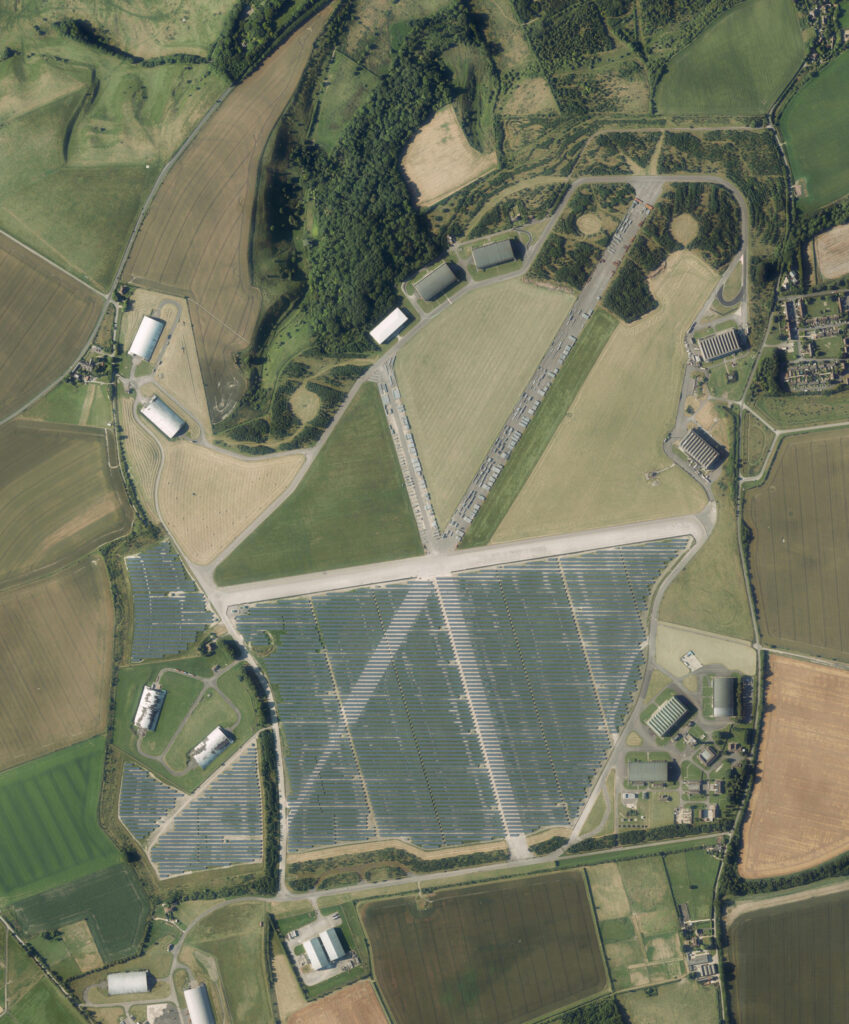
Over the next two decades various projects helped redevelop the site.
In 2007 the Science Museum Library and Archives was relocated to purpose-built facilities at the site . Over 1.5 million rare books, archive materials and journals are now housed at the Park.
By 2012 the demand for improved collection storage was growing. The Science Museum Group had now come into existence (with the Science and Industry Museum in Manchester joining the family that year) and the decision was taken to refurbish the C1 hangar. This enabled objects cared for by the National Railway Museum in York and the National Science and Media Museum in Bradford to be moved from commercial storage to the site.
The idea of providing centralised and sustainable storage for the Science Museum Group Collection (and other major museums) at the site was taking shape.
Construction of the multi-award winning Hemcrete store quickly followed. It was developed as part of a growing focus around sustainable construction, a core principle for the Group.

By 2015 it was clear that the Group needed new facilities for storage, conservation work and to help share more of our ever-growing national collection with the public.
Plans for the new collection management facility began to crystallise, part of an ambitious project to study, digitise and share more of our vast collection than ever before.
Construction of the new facility began in 2019 and was completed in 2021.
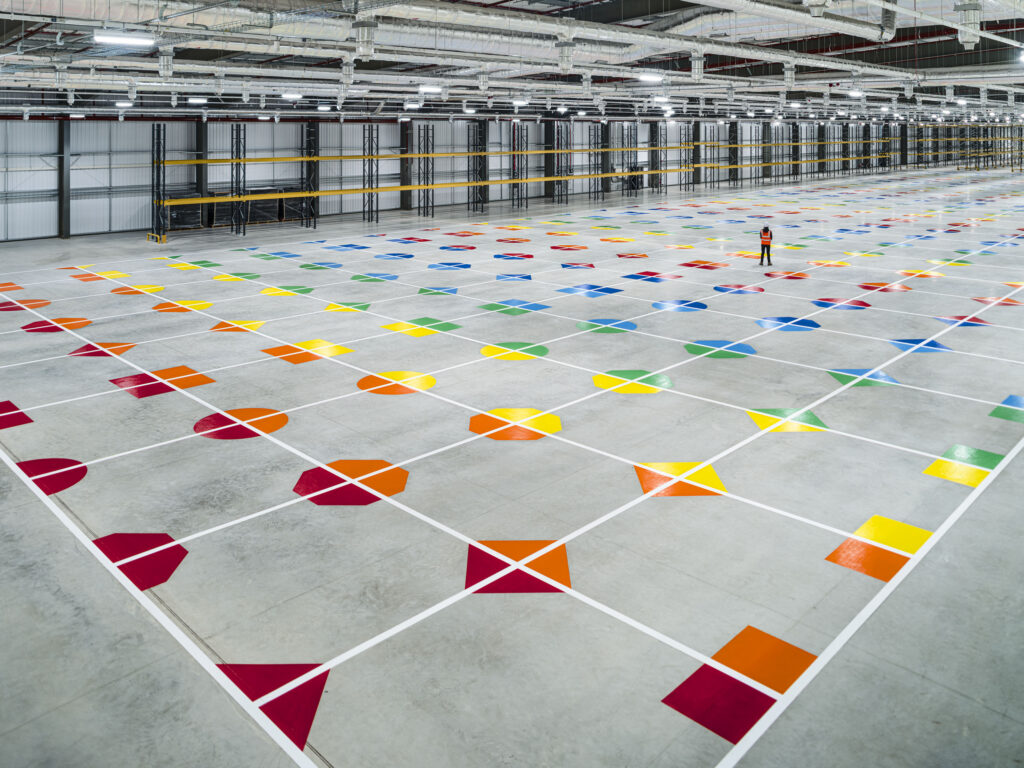
Only a few months after completion, the first of more than 300,000 historic objects from the Science Museum Group Collection began arriving at their new home at the Science and Innovation Park (SIP), joining many large objects already at the site.
The Blythe House Decant team in London prepared these historic objects for their move, while the unpacking team at SIP worked hard to find the best location for objects as varied as an ancient Egyptian lamp and humanoid robots.
Larger objects also moved in, with a 1901 Glasgow Tramcar the first large object to take up its position on the colourful grid. In November 2023, the Royal Red Cross Medal awarded to Elizabeth Batten was among the final objects to leave Blythe House for its new home.
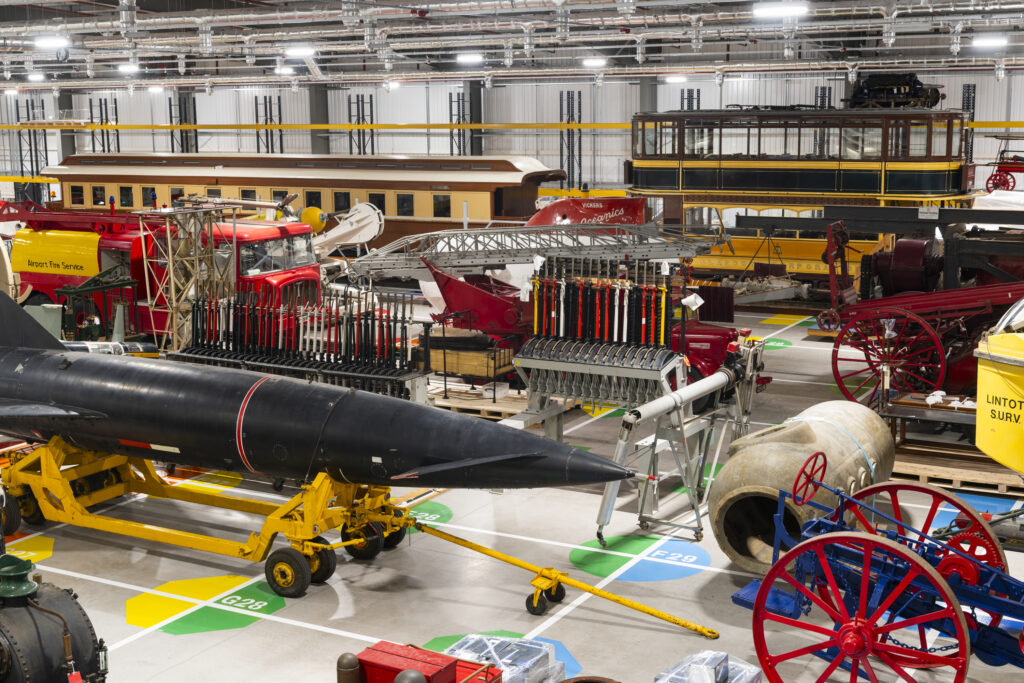
Four decades on from being handed the keys to this former airfield, more than 90% of objects in the Science Museum Group Collection are now cared for at the National Collections Centre (NCC), the heart of the Science and Innovation Park.
With researchers now using our facilities, we look forward to the Group’s flagship collection management facility opening for school groups and public tours later this year.
Our understanding of the Science Museum Group Collection continues to grow and the future of the National Collections Centre as an accessible collections hub at the Science and Innovation Park is now secured.
However, this is only one part of the story.
Our focus on sustainability and biodiversity at the Science and Innovation Park is also key to developing the site. We have planted 49,000 native trees and committed to planting many more over the next decade, set aside space for wildflower grasslands, installed bird and bat boxes, created log and stone piles to provide areas for nature to thrive.
Building on our ambitions for a low carbon future we committed 183-acres of our unused land for a 50 MW solar farm. When it opened in 2016, it was one of the largest in the UK.

We continue to enhance the Science and Innovation Park with sustainability in mind. Water for our offices is heated by the Sun, while green-roofed bike racks provide space for insects and plants as well as bicycle storage.
Our collection management facility has a further 1MW of solar PV installed on the roof, dedicated electric car charging and captures rainwater to create a large pond encircled by Clouts Wood (a Site of Special Scientific Interest).
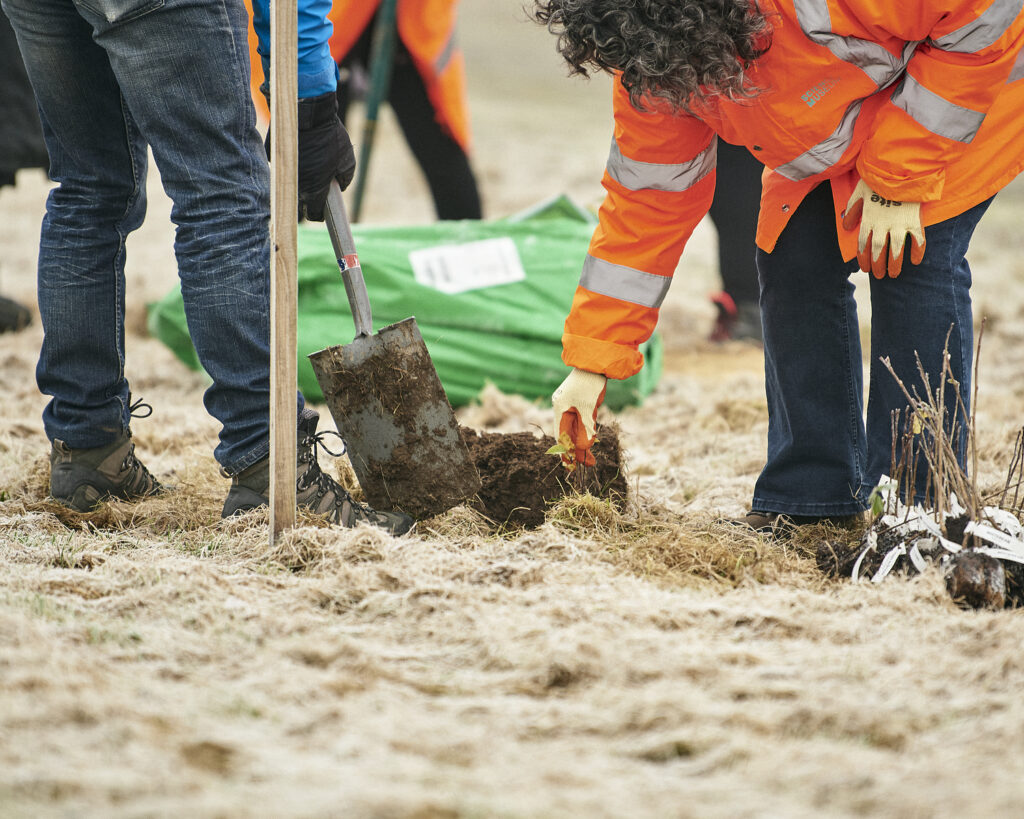
Our vision for the Science and Innovation Park includes creating a hub for science and engineering research and development. Our work with electric and autonomous vehicle developers, the renewable energy industry, film and media companies, and universities at the site is becoming ever more important.
This vibrant and rejuvenated Science and Innovation Park is a place where people can share ideas, unleash their imagination and ignite their curiosity.
In short, this piece of WWII history is as much part of the UK’s future as its past.
In late 2024, our collection will be accessible to the public for the first time in its new home. Sign up to be the first to know when our guided public tours become available to book.
The Science and Innovation Park offers storage for the cultural sector, facilities for research and development projects at any scale, and space for a range of activities, from corporate team building to renewable energy generation. Find out more about how to join our growing community in the Wiltshire downs.
We’ll leave you with these views from the Science and Innovation Park.
